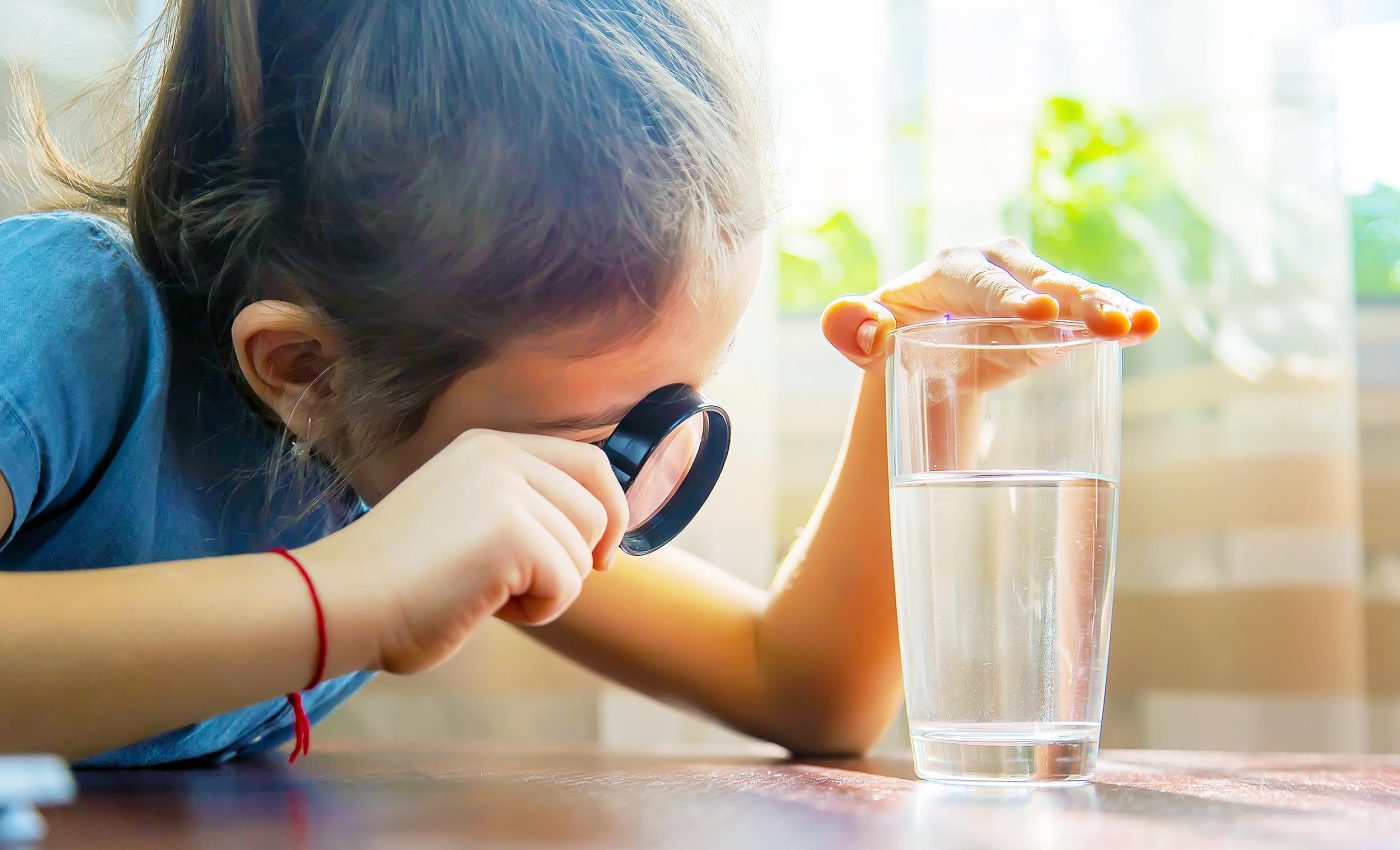
Scientists find a surprisingly simple way to remove microplastics from your tap water
Until about ten years ago, the idea that tiny microplastic fragments lurk in every glass of tap water poured from our home faucets sounded like a plot twist better suited to a dystopian novel than a kitchen conversation.
Yet tests across the globe report tens to thousands of these flecks – known as nano- and microplastics – floating invisibly in container we fill.
Their impact on the human body remains under intense investigation, but nobody invites plastic to dinner.
Could it really be this easy?
Chemists Zhanjun Li and Eddy Zeng, working with colleagues in Guangzhou, China, found that pairing heat with minerals already present in hard water removes up to ninety percent of microplastics before the kettle reaches the boiling point.
Apparently, boiling tap water, the same step families take to brew coffee or mix baby formula, can strip away a large share of those invisible invaders.
The discovery grew from a study that set out to see whether everyday habits might blunt a problem framed as too large for individuals to tackle.
Microplastics and boiling water
When water rich in calcium heats past 212°F, minerals begin to crystallize into flakes of calcium carbonate. The process produces the same chalky scale that lines well-used kettles.
In the experiment, those newborn flakes drifted through the swirling water and latched onto free-floating plastic, wrapping each shard until it sank and knitted itself into the growing crust at the bottom of the pot.
Tests on three common resins – polystyrene, polyethylene, and polypropylene – showed that at least four-fifths of these particles wound up trapped after a five-minute boil and a short cool-down.
That figure climbed near ninety percent when the water held about 300 milligrams of calcium carbonate per liter, a level typical of hard-water regions from San Antonio to Indianapolis.
Why minerals matter
Water chemistry varies wildly across the United States. In soft water, where dissolved calcium dips below roughly 60 milligrams per liter, the Guangzhou group still recorded a twenty-five percent plastic drop. That is helpful but leaves most debris adrift.
Hard water, by contrast, supplies more building blocks for limescale. The higher the mineral load, the more surfaces form for plastic to cling to, so the removal rate rises quickly.
Because the flakes grow fast, they can be rinsed or brushed away from cookware, taking the microplastics with them.
Any fragments that stay suspended can be caught in a paper coffee filter – an item already parked next to many kitchen sinks.
The method costs pennies, requires no electricity beyond the burner, and fits households that lack space or funds for advanced filtration systems.
Evidence outside the lab
The idea that everyday heat can curb invisible plastics meshes with recent field studies.
In 2025, scientists sampling bottled and tap water across Europe tallied anywhere from 19 to 1,154 particles per liter, with the highest counts of microplastics found in municipal supplies drawn from mineral-rich aquifers.
By targeting the same minerals, the boiling trick offers a stopgap while policymakers debate stricter water standards.
Health agencies such as the World Health Organization state that current data are too thin to draw firm links between microplastic intake and disease, yet they encourage cutting exposure where practical.
The U.S. Geological Survey, in its strategic blueprint on environmental health, echoes that stance and calls for simple interventions people can adopt today.
Tips for the kitchen
If your kettle already furs up between cleanings, you likely benefit most. Bring the water to a rolling boil for five minutes; let it stand until steam subsides, then pour slowly, leaving the whitish crust behind.
Give the kettle a periodic scrub to wash the captured plastics down the drain – municipal treatment plants are better equipped to trap larger, bonded particles than loose nanoscale ones.
Residents in soft-water zones can still gain a modest cut by adding food-grade calcium, such as a pinch of pharmaceutical lime, before heating.
The research team cautions that mineral additives should stay within the U.S. Environmental Protection Agency’s (EPA) secondary limit of 120 milligrams per liter for calcium to avoid taste issues.
Boiling water vs. microplastics
Boiling is no silver bullet. Engineers are experimenting with bio-based filters that trap plastic shreds in wastewater plants, while chemists explore enzymes that nibble bottles back into harmless molecules.
Still, the Guangzhou study shows how an old-school practice can chip away at a modern pollutant without fancy gear.
Pairing stovetop heat with a cheap paper filter slashes the largest doses that reach our mugs, even as science hunts for long-term fixes upstream.
Plastic pollution will not vanish overnight, yet this research reminds us that progress sometimes hides in plain sight.
The full study was published in the journal Environmental Science and Technology Letters.
—–
Like what you read? Subscribe to our newsletter for engaging articles, exclusive content, and the latest updates.
Check us out on EarthSnap, a free app brought to you by Eric Ralls and Earth.com.
—–













